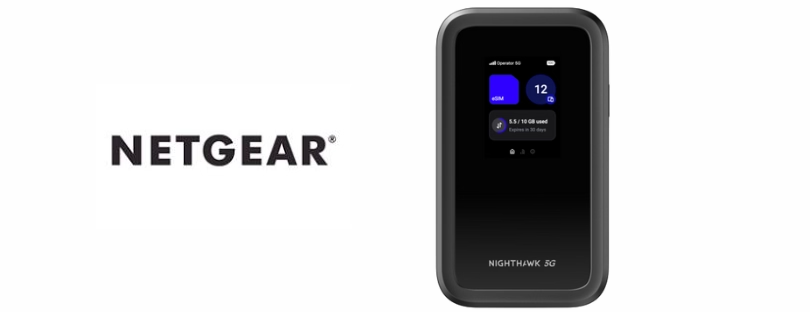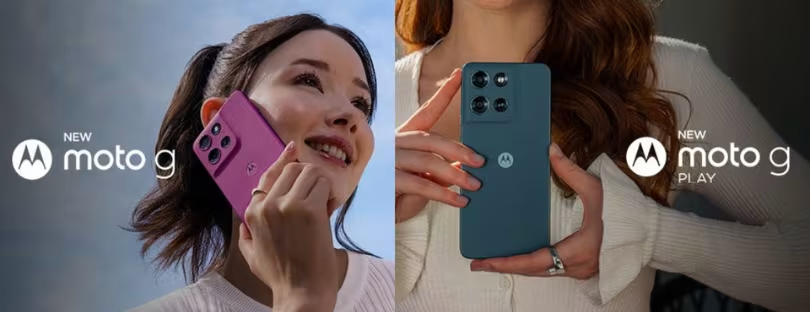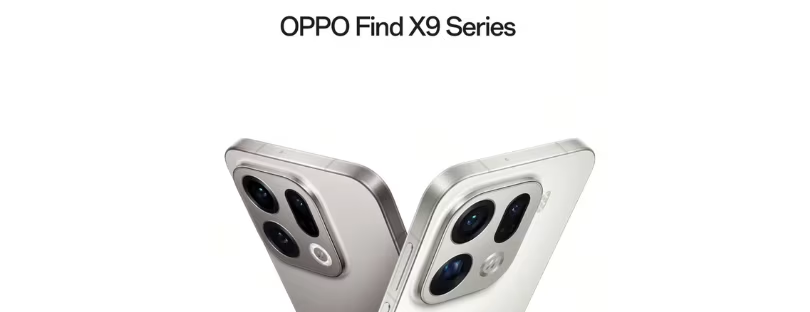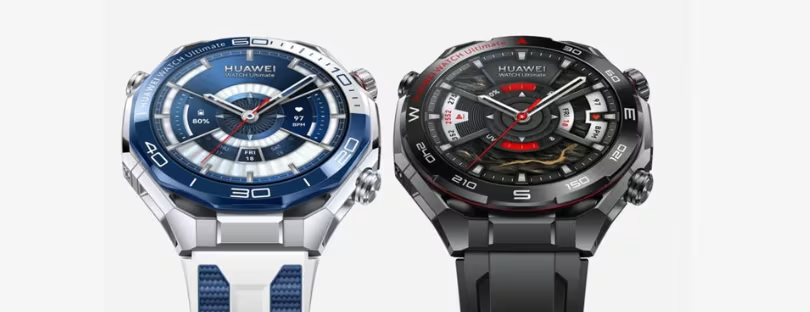
NETGEAR M7 Hotspot Debuts with WiFi 7 Speeds and eSIM Hub
If you’ve been waiting for a travel hotspot that finally takes the pain out of staying online abroad, NETGEAR’s latest move might be the one that changes the game. The company has officially introduced the Nighthawk 5G M7 (MH7150), a portable WiFi 7 hotspot paired with a brand-new NETGEAR app and an integrated eSIM marketplace.
The package is built for travelers, remote workers, and digital nomads—essentially anyone tired of juggling airport WiFi, slow hotel networks, or overpriced roaming.
What the Nighthawk M7 brings to travelers
NETGEAR’s new M7 hotspot is designed with one clear mission: to make high-speed internet simple, secure, and portable. The device is smaller and lighter than previous Nighthawk models, making it a genuinely packable travel companion. Inside, though, it’s a serious powerhouse. Think WiFi 7 speeds up to 3.6 Gbps and supports up to 32 devices at once—enough for your phone, laptop, tablet, smartwatch, and your travel buddy’s gadgets, too.
A high-capacity battery keeps the M7 running for up to 10 hours of continuous use, and NETGEAR added a clever extra: the hotspot doubles as a power bank. If your phone is dying mid-flight or mid-meeting, you can plug in and revive it without scrambling for a wall outlet.
For anyone who prefers a wired connection while working on the go, the hotspot can connect via USB-C or via Ethernet using an optional adapter. It’s a small but important touch—especially if you’re moving between coworking spaces or delivering large files.
Security features designed for modern travel
NETGEAR also made security a bigger priority in this generation. The M7 includes a firewall, WPA3 encryption, automatic firmware updates, and the company’s Advanced Router Protection. For frequent travelers, this matters. Hotel WiFi remains one of the most vulnerable environments for cyberattacks, and even “secure” networks often aren’t as private as they appear.
A dedicated travel hotspot is already a safer option than public networks, but these added layers bring it closer to home-router security—something more devices in this category should match.
The new NETGEAR eSIM Marketplace
The star of the announcement—and the feature likely to attract global travelers—is the built-in eSIM Marketplace inside the refreshed NETGEAR app for iOS and Android. Instead of hunting for local SIM cards, depending on airport kiosks, or paying unpredictable roaming fees, users can browse, buy, and activate data plans directly in the app.
Coverage spans more than 140 countries, and for the launch, NETGEAR partnered with Gigs, a well-established connectivity platform powering eSIM solutions for several major brands. Data plans currently range from 3GB to 20GB, and the app lets users track usage in real time to avoid surprise overages.
Crucially, the M7 remains fully unlocked. Travelers can choose between:
- Physical SIM cards
- NETGEAR’s own eSIM marketplace
- Third-party eSIM providers (Airalo, Airhub, Nomad, etc.)
- Local carrier eSIMs abroad
That level of flexibility puts the M7 in a small group of travel hotspots that don’t lock users into a single ecosystem—a welcome change in an industry where carriers often push closed systems.
Technical highlights
- WiFi 7 speeds up to 3.6 Gbps
- Powered by Qualcomm Dragonwing SDX72 modem
- Connect up to 32 devices
- 10-hour battery life
- Power-bank function
- USB-C and optional Ethernet
- WPA3, firewall, and automatic firmware updates
- Works in 140+ countries
- Certified for AT&T, T-Mobile, Verizon
The M7 will retail for $499.99 starting January 2026.
Conclusion: How the M7 compares in a fast-moving market
The Nighthawk M7 enters a market that has been heating up fast. Travel hotspots from Huawei, GlocalMe, Numen, and Skyroam’s Solis line have dominated the conversation over the last few years—but each comes with trade-offs. Some lock you into proprietary data plans. Others offer eSIM support but lack 5G or robust security. And very few deliver full WiFi 7 performance.
What NETGEAR is doing differently here is combining three trends happening simultaneously across the travel-connectivity ecosystem:
- The shift from physical SIMs to eSIM marketplaces
Platforms like Airalo and Airhub have shown travelers want on-demand, multi-country eSIMs. NETGEAR adopting this inside a hardware product is a smart—and overdue—move. - Demand for unlocked devices
Users want freedom to choose the cheapest or most reliable data option. NETGEAR keeps everything open, which mirrors what reviewers at PCMag, CNET, and TechRadar consistently advise: unlocked hotspots outperform closed ecosystems. - Next-generation chipset adoption
Qualcomm’s SDX72 is one of the most advanced 5G modem platforms currently rolling out. NETGEAR’s use of it signals the start of WiFi 7 becoming standard for mobile hotspots.
Is the M7 for everyone? Not quite—the $499.99 price point puts it firmly in the “prosumer” category. But for business travelers, digital nomads, journalists, or anyone who needs guaranteed high-speed internet abroad, this looks like one of the most complete connectivity solutions currently in the pipeline.
NETGEAR’s move also tells us something bigger: dedicated hotspots aren’t going away. With global roaming costs rising, eSIM adoption accelerating, and WiFi 7 becoming mainstream, the M7 aligns almost perfectly with where the market is heading.
If 2026 is the year travel connectivity gets a major upgrade, devices like the Nighthawk M7 will be leading that shift—and likely shaping how other brands respond next.









